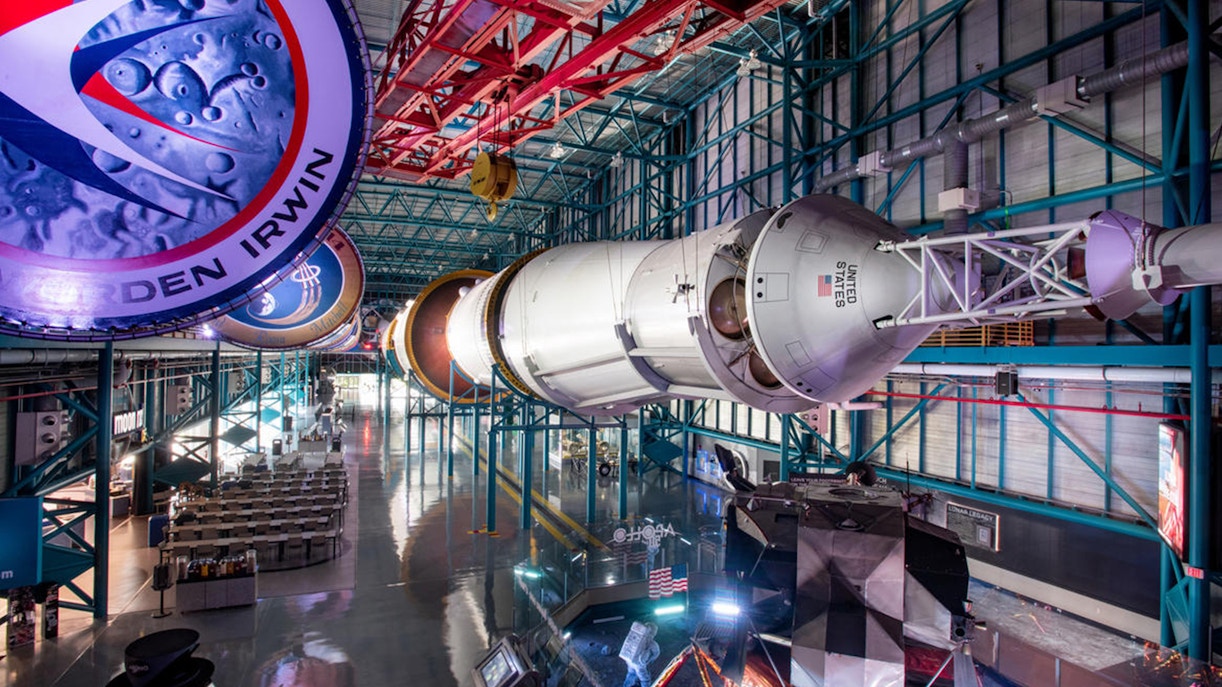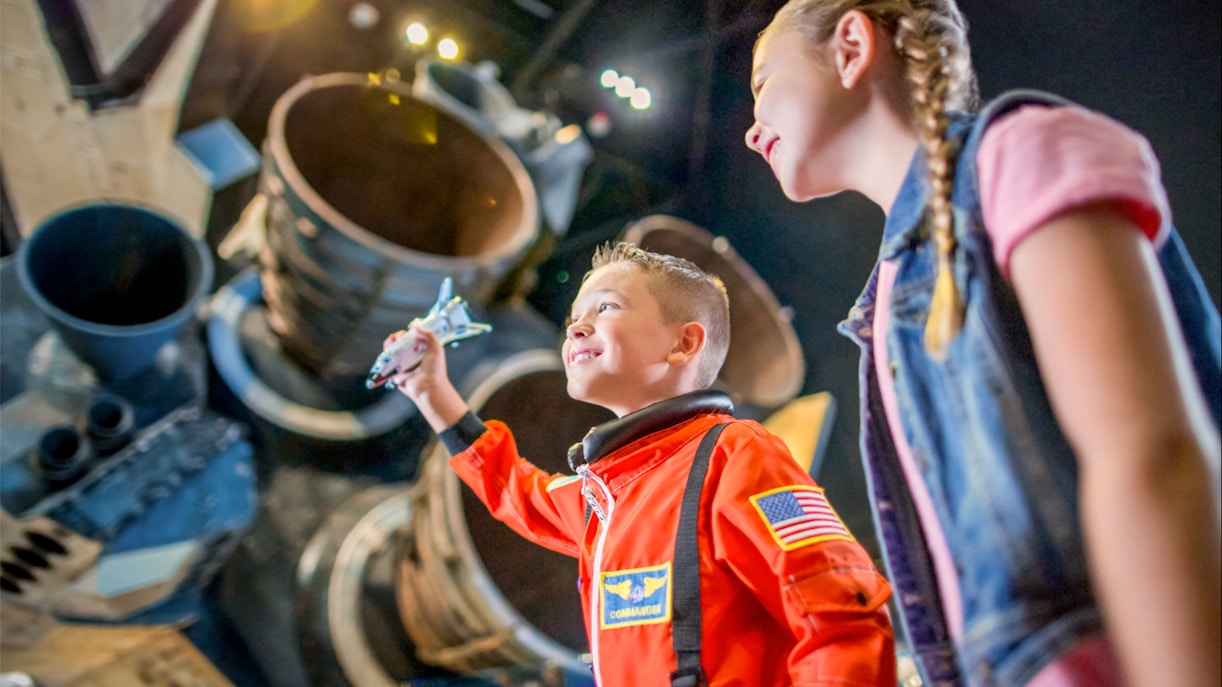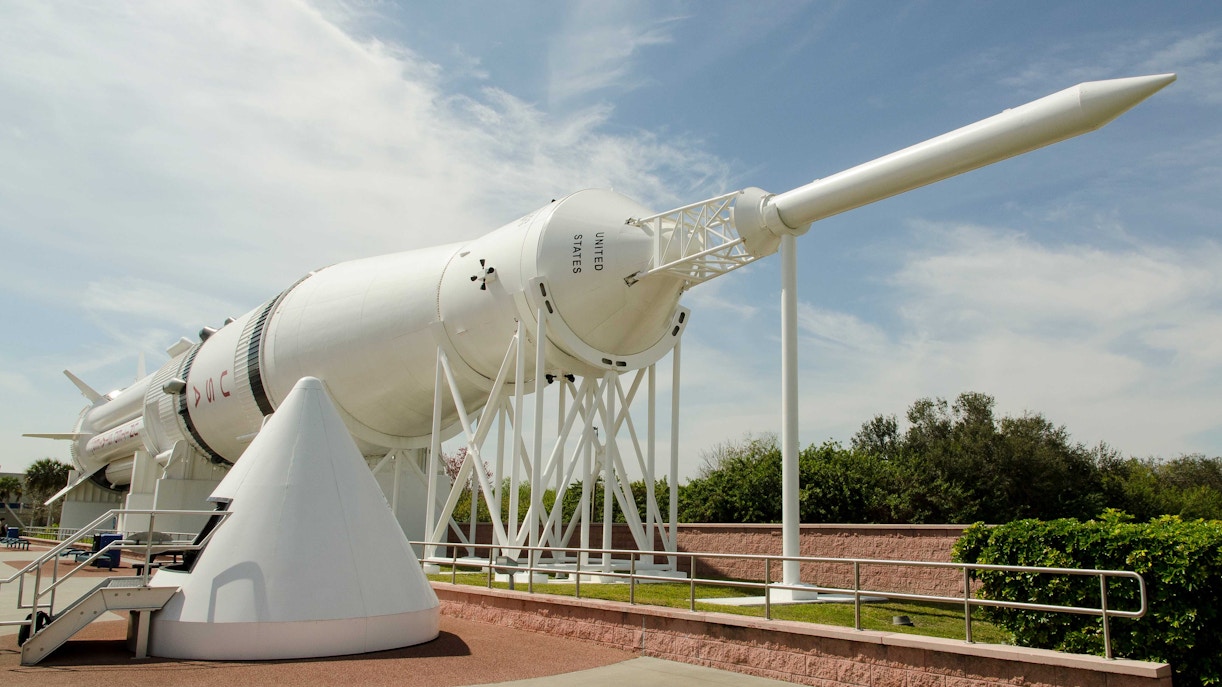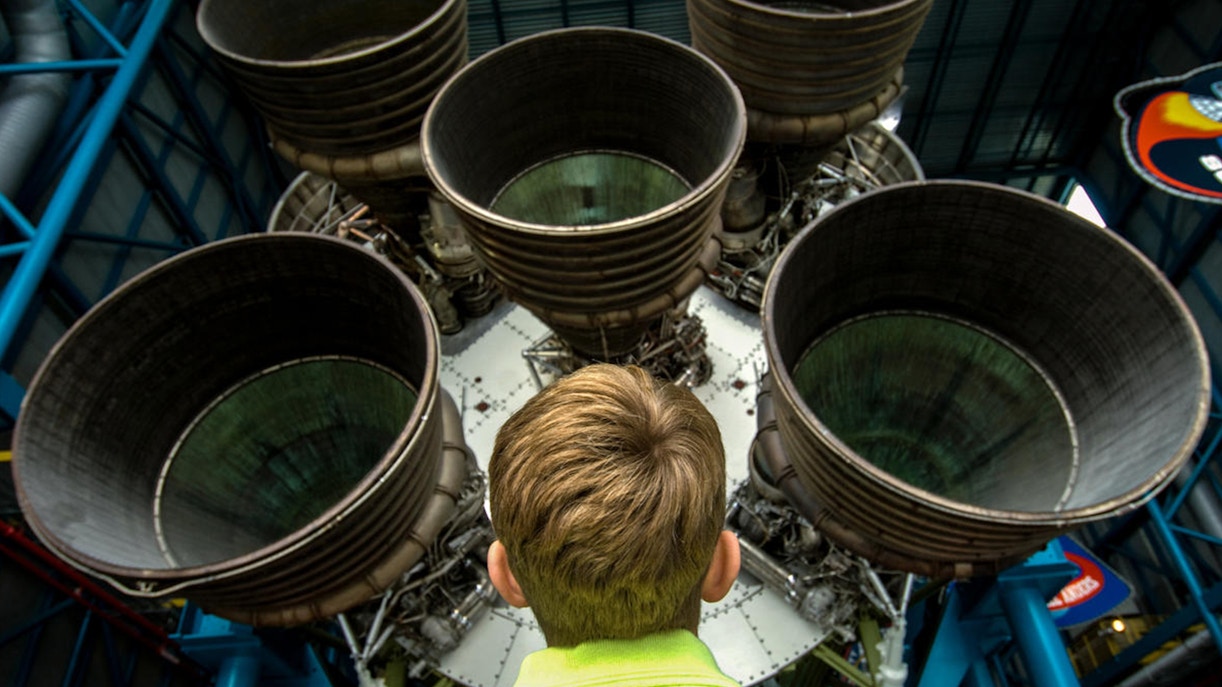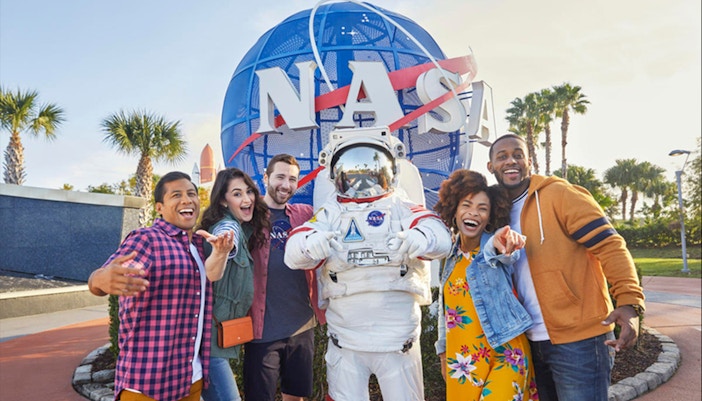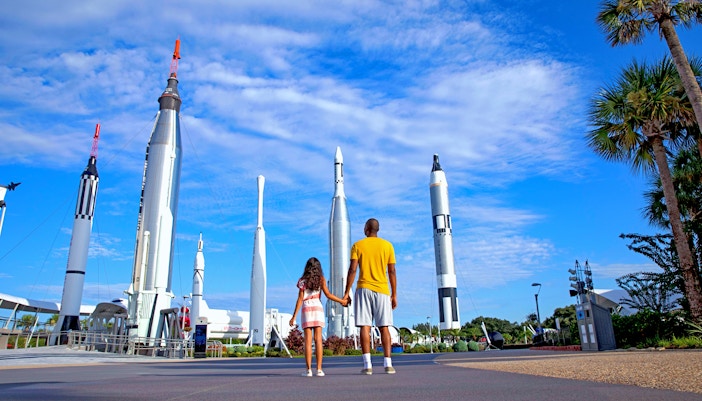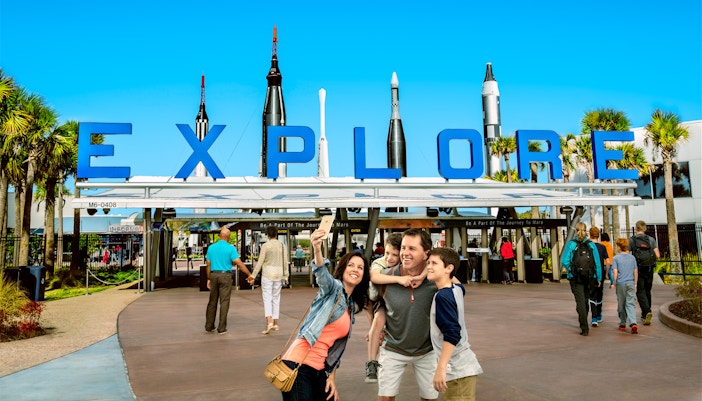Standing tall at a height of 363 feet and weighing 2.8 million kilograms, the Saturn V is 60 feet taller than the Statue of Liberty and was the largest rocket to have ever flown through space. It was built to send humans to explore the moon. It remains to be the only launch vehicle to take humans beyond low earth orbit and has been used for nine crewed flights to the moon.
It was one of the three types of Saturn rockets built by NASA at the Marshall Space Flight Center. The first Saturn V rocket to be launched with a crew was called Apollo 8. Several tests were run before Apollo 11 finally became the first mission to land astronauts on the moon in 1969 establishing America’s superiority in space.
